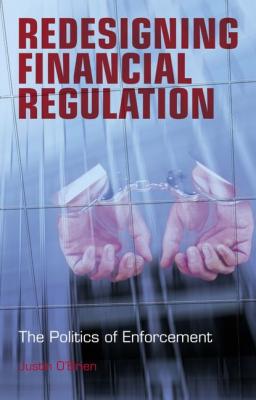Redesigning Financial Regulation. Группа авторов
Управление, подбор персонала.Redesigning Financial Regulation
Год выпуска 0
isbn 9780470060421
Автор произведения Группа авторов
Жанр Управление, подбор персонала
Издательство John Wiley & Sons Limited
At the height of the 1990s boom, Jack Grubman, one of the most successful analysts in Wall Street proclaimed ‘what used to be conflicts of interest are now synergies’. This myopia contributed dramatically to the elevation of a culture in which greed was deified, oversight denigrated and misfeasance justified. Since the fall of the markets and the implosion of confidence in the American corporate business model, one man has proved instrumental in deconstructing the rhetoric of the 1990s: Eliot Spitzer, the combative Attorney General of New York. In the process, his innovative application of state law has reconfigured the governance of Wall Street. Over the past three years the pursuit of transparency and accountability in the structure of the markets has propelled Spitzer to the forefront of regulatory policy. His investigations into tainted analyst research, the mutual funds industry, the governance of the New York Stock Exchange and the insurance industry have focused attention not just on corrupted individuals but also the complicity of the financial structure itself. Spitzer exploited the inherent conflicts of interest to the full, forcing regulators to adopt a much more proactive approach and creating a national platform for his own wider political ambitions. Now holding the Democratic nomination for the Governorship of New York, Spitzer has begun a path for higher national office. This groundbreaking book features exclusive access with many of the key actors in these changes to the governance of Wall Street. It examines how Eliot Spitzer exploited gaps in the regulatory framework to capture the corporate reform agenda and explores the implications of his actions on policy formation and recalibration. Key incidents include: changing the terms of reference governing analyst research; the defenestration of Dick Grasso’s tenure over the NYSE (which is now being heard in state court in New York); and the battles for control between the former Chairman of the Securities Exchange Commission, Harvey Pitt, and Spitzer. The book details not only the contested, contingent and interdependent connections between the American political and financial systems but reveals how Spitzer’s manipulation of those connections have proved instrumental in enhancing his own wider political ambitions.
